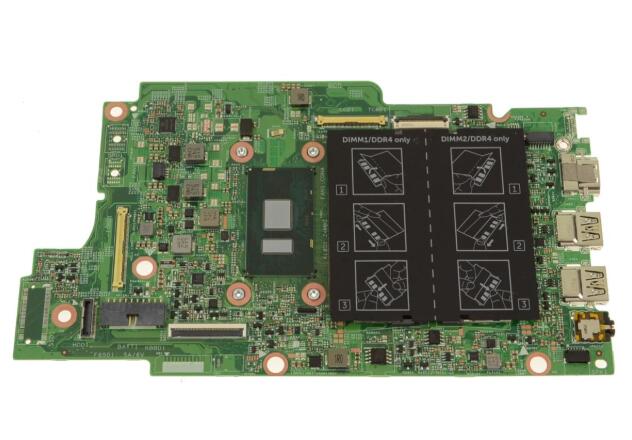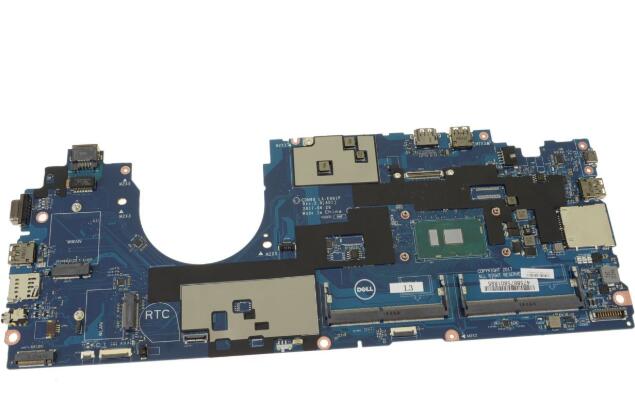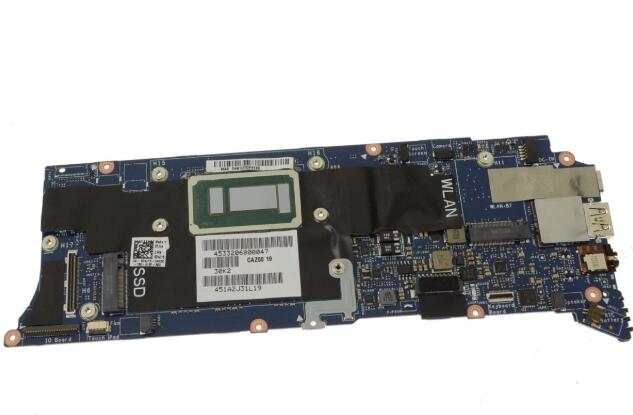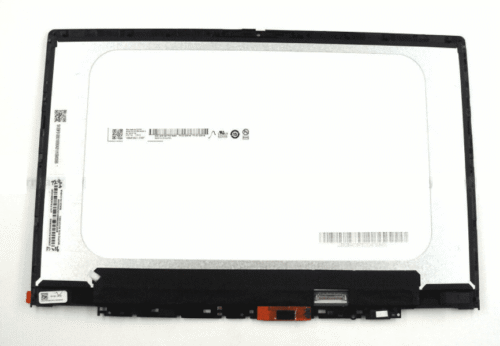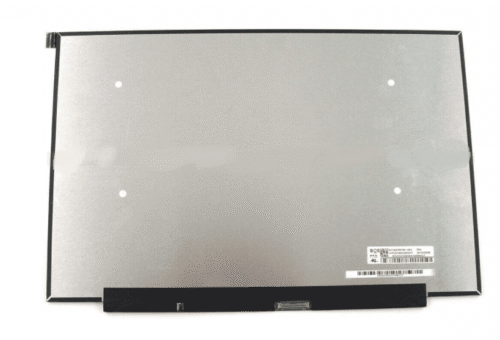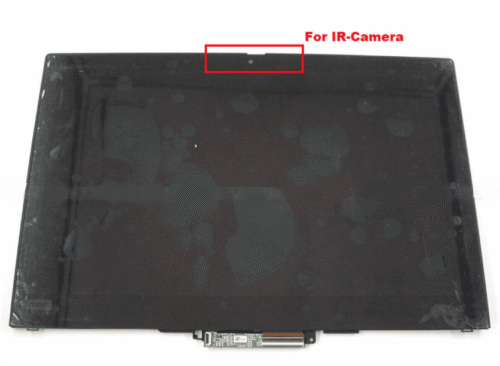What are the differences between integrated and non-integrated motherboards?
Integrated and non-integrated motherboards differ primarily in their approach to incorporating certain components and functionalities. Here are the key differences between integrated and non-integrated motherboards:
- Integrated Motherboards:
- Onboard Components: Integrated motherboards, also known as integrated platforms or system-on-a-chip (SoC) solutions, incorporate essential components directly onto the motherboard. These components typically include the CPU, GPU (graphics processing unit), memory controller, and other functionality such as audio and networking.
- Space-Saving: Integrated motherboards are often smaller in size compared to non-integrated ones because many essential components are already built-in. This feature makes them suitable for compact systems such as laptops, all-in-one PCs, and small form factor desktops.
- Lower Upgradeability: Integrated motherboards generally offer limited upgrade options because essential components are soldered onto the board. Users typically cannot replace or upgrade the CPU or GPU, limiting the system’s long-term scalability.
- Lower Cost: Integrated motherboards are often more cost-effective compared to non-integrated ones since they include essential components within a single package. They are popular choices for budget-friendly systems and entry-level devices.
- Non-integrated Motherboards:
- Modularity: Non-integrated motherboards feature modular designs that allow users to install and upgrade individual components such as CPUs, GPUs, RAM modules, and expansion cards. This modularity provides greater flexibility and customization options for users.
- Higher Upgradeability: Non-integrated motherboards offer higher upgradeability compared to integrated ones since users can replace or upgrade individual components as needed. They support a wider range of CPUs, GPUs, and expansion cards, allowing users to tailor the system to their specific requirements.
- Expandability: Non-integrated motherboards typically provide more expansion slots and connectivity options for adding additional peripherals and expansion cards. They support a variety of expansion interfaces such as PCIe, SATA, USB, and M.2, enabling users to expand the system’s functionality and connectivity.
- Higher Cost: Non-integrated motherboards are generally more expensive than integrated ones due to their modular design and support for a wider range of components. They are preferred choices for high-performance systems, gaming PCs, and enthusiast builds where customization and upgradeability are prioritized.
In summary, integrated motherboards offer a compact and cost-effective solution with limited upgradeability, making them suitable for budget-conscious users and space-constrained environments. Non-integrated motherboards provide greater flexibility, modularity, and upgradeability, catering to users who require high-performance computing and customization options. The choice between integrated and non-integrated motherboards depends on factors such as budget, space requirements, upgradeability needs, and intended use case.

